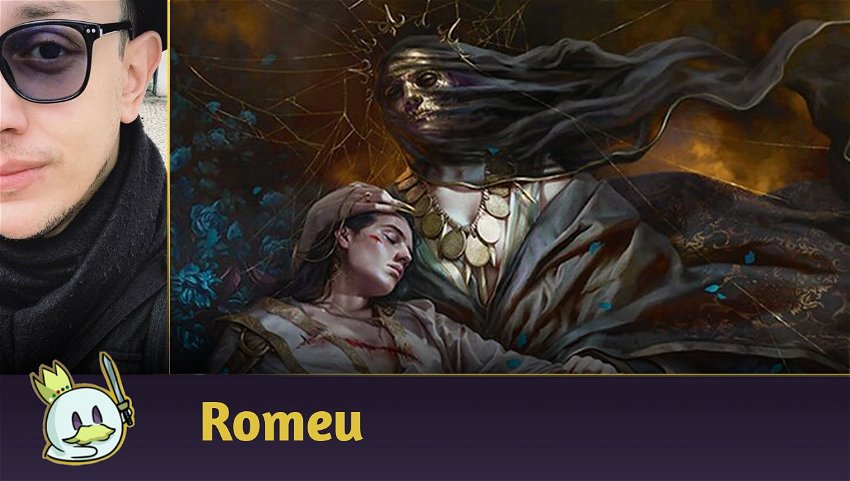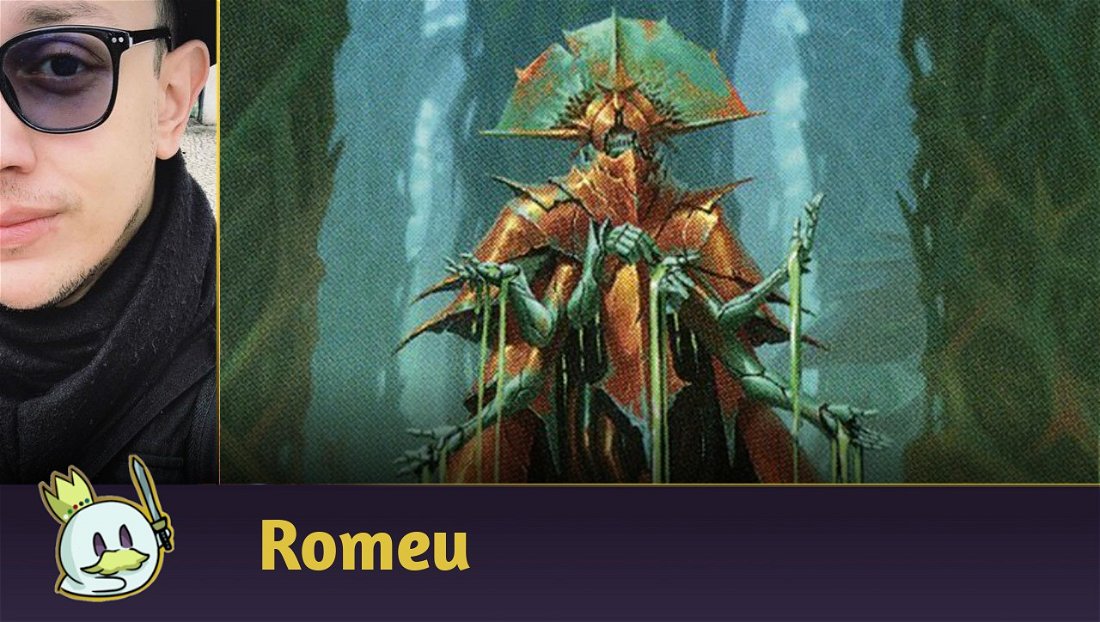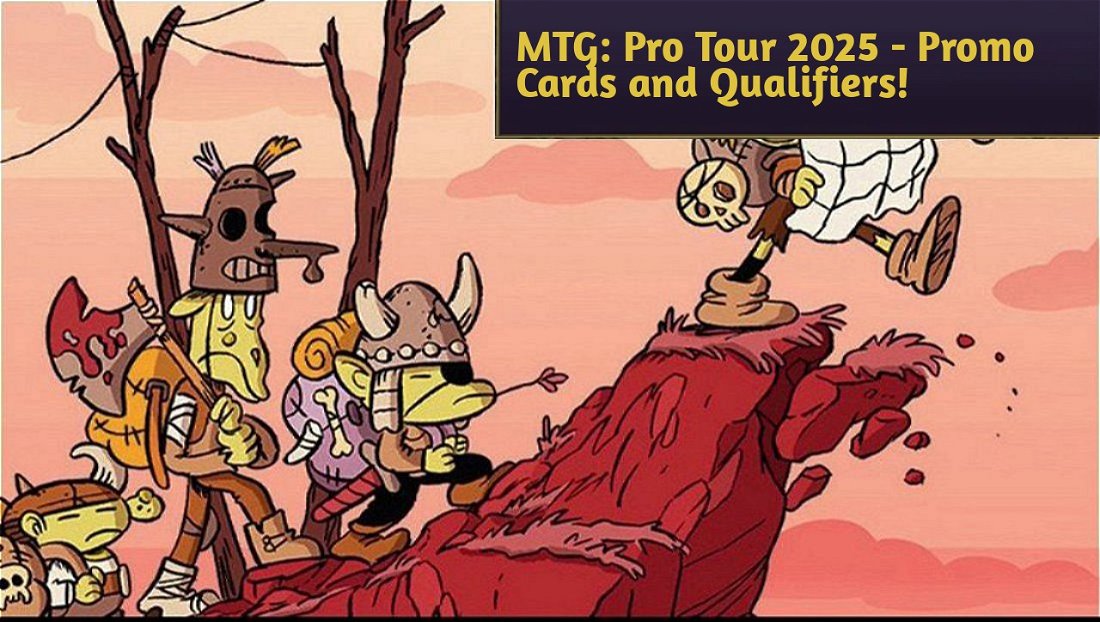It's been just over a month since Magic Arena's new format, Timeless, officially launched.
During this period, only a few smaller-scale tournaments took place in the modality and its Metagame remains evolving, with the first signs of what works and what doesn't appear in the platform's ranked matches and in data from independent events.
For many, the format is the perfect opportunity to have the “Legacy lite” experience in the virtual environment, but its uniqueness is so obvious that it is difficult to compare it with any other competitive Magic modality: it has some cards that are banned or restricted even in Vintage while it doesn't have some engines of which establish blue's predominance by being the “fun police” through free spells such as Daze or Force of Will, putting Timeless in a limbo of power and innovation levels, creating a still unexplored innovative scenario in its full potential.
Over the past few weeks, I've been testing several variants of my favorite Magic archetype, Death's Shadow, and in this article, I present a more aggressive approach where we trade value plays for the ability to press with a fast, increasing clock - the Rakdos Shadow.
What is Rakdos Shadow?

Inspired by its version in pre-MH2 Modern, Rakdos Shadow is an Aggro deck that seeks to unite two distinct structures: the already known core of Death's Shadow with Thoughtseize and the intentional use of Fetch + Shock Lands to inflict self-damage and the core Prowess cards to attack the opponent from the first turns, paving the way for copies 5 to 8 of Death's Shadow - Scourge of the Skyclaves.

The combination of Prowess and Delirium adds up to a powerful recursion and card advantage package with Underworld Breach, where we can cast Mishra's Bauble repeatedly to increase the power of our creatures and still draw a significant number of cards in a single turn.

This version forgoes the card advantage bombs of the current Rakdos shell, such as Ragavan, Nimble Pilferer and Orcish Bowmasters to favor a more proactive and fast game plan, capable of playing under Big Mana and combos while still offering a decent strategy against the other creature-based strategies.
The Decklist
This is the list I have been running in ranked matches at Magic Arena.
As the format is still relatively new, there are still several build possibilities for Death’s Shadow and several other cards. In the case of Shadow decks, when we consider the value package of these colors, the Rakdos variant seems the least efficient among them if we don't make some extra effort in its elaboration, such as following the Rakdos Breach route and using the Storm package - in this case, you would already be better off playing Rakdos Breach.
The plus of Death's Shadow in Timeless is the low punishment for untapped Shock Lands, allowing better use of a third color. Grixis variants take advantage of it to play with Expressive Iteration, Treasure Cruise and other Sideboard cards, while green variants can include Questing Druid and Tarmogoyf, as well as Veil of Summer.
Without a practical difference that would make the conventional shell more interesting than the three-color variants, I opted for this more aggressive approach to win games faster at the expense of the archetype's famous attrition cards.
Maindeck

Our one-drops.
Rakdos Shadow seeks to maximize the use of Scourge of the Skyclaves as complementary threats. Therefore, maintaining constant aggression from the first two turns is essential to transform it into a 4/4 and get it out of the Lightning Bolt zone.
Monastery Swiftspear and Soul-Scar Mage interact very well with our spells, and the fact that they both have Prowess allows for some explosive mid-game openings with Underworld Breach. Both also survive Orcish Bowmasters and typically demand an equality of trade against them.
Dragon’s Rage Channeler is a staple, a flying threat and even helps us filter the top, in addition to multiple copies of it expanding our looping potential with Underworld Breach and Mishra’s Bauble.

The pieces that give the deck purpose.
Death’s Shadow is a classic cheap threat. With so much life loss effects and ways to bring Shock Lands into play, it is not uncommon for games to become a 4/4 on the third turn. Its role is to prevail in most combats and punish the opponent for being unable to establish the board, in addition to pressing non-interactive strategies.
Timeless is a format where players naturally start the game taking some damage from their Fetch Lands and Shock Lands, so Scourge of the Skyclaves receives exemplary support in becoming a threat on the battlefield, serving as a complement to Death's Shadow and occasionally becoming even more lethal than its predecessor.

The removals package.
Lightning Bolt triples its functions in Rakdos Shadow, expanding the power of Scourge of the Skyclaves, killing a creature, or even to end the game alogn with our smaller creatures.
Fatal Push and Unholy Heat seek to answer different cases: while this deck is excellent at enabling delirium and making Unholy Heat even deal with Primeval Titan and Oko, Thief of Crowns, there are situations where it becomes a very slow removal against large threats that fell to the battlefield too early, such as Yawgmoth, Thran Physician or Sheoldred, the Apocalypse - in these cases, Fatal Push becomes a more efficient interaction.

In general, Shadow lists play with six discard spells, but as we've taken a more aggressive stance and the Metagame seems a little more creature-oriented currently, we've reduced the number of them to include two extra removals.
Thoughtseize is still the best discard available in the format, being one of the few elements that help keep more degenerate strategies in check. Here, it also interacts with Death’s Shadow’s life loss needs.

Mishra's Bauble has its potential maximized in this list, where we can use it to trigger Monastery Swiftspear and Soul-Scar Mage, to increase the number of cards in the graveyard to feed Dragon's Rage Channeler and for reuse with Lurrus of the Dream-Den and Underworld Breach.
Underworld Breach is an excellent way to recover our board position is compromised. Even if it's just bringing two creatures into the game and, hopefully, activating Mishra's Bauble once, it already does an excellent job of offering card advantage, with its potential being even more optimized alongside our other threats.
If it's unbanned, there's little reason not to run Demonic Tutor. This only copy allowed in the format guarantees finding any piece needed in the match and should be used with caution. In general, the main targets for it are Temur Battle Rage, Underworld Breach or some Sideboard piece.

If we are going to the more aggressive side of Shadow decks, it is natural to have Temur Battle Rage to end the game in a “combo kill” alongside Death's Shadow or Scourge of the Skyclaves.
An alternative that I have been testing for Battle Rage is Monstrous Rage, which despite not having the same explosive potential, guarantees permanent trample for the creature, in addition to interacting better with Soul-Scar Mage and Monastery Swiftspear, including making these smaller creatures dodge Lightning Bolt more easily.

Ten Fetch Lands seem like the ideal number for the four copies of Blood Crypt available, while two basic lands have been included for situations where we need more mana, but don't want to make too heavy concessions on our life total.
A copy of Sunbaked Canyon and Silent Clearing were also included to increase damage recurrence on some occasions while functioning as extra draws late-game. Despite fitting with the colors and theme of the deck, Mount Doom has a very high cost to perform its extra reach in a list with 18 lands, of which only eight generate mana.
Sideboard

Much of the success of many Timeless decks today involves the inclusion of Lurrus of the Dream-Den as a complementary threat and excellent recursion method. Here, she plays this same role in the list and ensures that the opponent is punished if they don't set aside at least one way to deal with her in attrition games

As we have Lurrus, our graveyard hate seeks to be interactive with her abilities to extract more value from our companion.
Soul-Guide Lantern was a base set with Lurrus and works as efficient hate for archetypes that rely heavily on graveyard, such as Rakdos Breach. On the other hand, Stone of Erech works better against Yawgmoth, so it deserves a slot on the Sideboard.

Alpine Moon has Field of the Dead as its main target. And just one turn that it delays the land could be enough for our creatures to win the game. Blood Moon could be an option here if we want to give up our Companion against Titan Field - a valid approach, as we will hardly have time to extract value from Lurrus, but three mana can be a very restrictive cost in this deck, in addition to limit our access to black and enable a positive Tempo play for the opponent's Boseiju, Who Endures.
Pithing Needle is a comprehensive hate which has a dozen viable target options, but the main ones are Yawgmoth, Thran Physician, Oko, Thief of Crowns, Necropotence, The One Ring and Minsc & Boo, Timeless Heroes.

Duress is an efficient answer in non-interactive games and also works against Midrange and other archetypes where we need to prevent a key card - it is also our only and best Sideboard answer against Natural Order.
Kolaghan’s Command doubles as occasional artifact hate against some lesser-known archetypes like Boros Thopters, Hammer Time, or Affinity, as well as dealing with specific hate like Unlicensed Hearse. It is also our main means of reusing Lurrus of the Dream-Den in games against Midrange and Control.

Molten Collapse is our comprehensive answer to threats that some of our removals have difficulty killing, such as Primeval Titan and Atraxa, Grand Unifier, as well as dealing with Planeswalkers and some problematic hates or permanents with low mana value.
Cinderclasm has multiple functions in this list and is one of the most interesting cards to have included in my Sideboard. It entered the list as a means of responding positively to the individual quality of creatures like Ragavan, Nimble Pilferer and Orcish Bowmasters, performing an X-for-1 trade against them, in addition to dealing with most of Golgari Yawgmoth's dorks with its kicker.
In practice, Cinderclasm became exceptional due to its interactions with Soul-Scar Mage, in addition to its target scope increasing significantly as the format grows, making it an excellent piece for the Sideboard in the current Metagame.
Sideboard Guide
Titan Field
IN

OUT

Rakdos Breach
IN

OUT

Necropotence
IN

OUT

Rakdos Midrange
IN

OUT

Golgari Yawgmoth
IN

OUT

Zoo
IN

OUT

Conclusion
That's all for today!
If you have any questions or suggestions, feel free to leave a comment.
Thanks for reading!













— 评论 0
, 反应 1
成为第一个发表评论的人